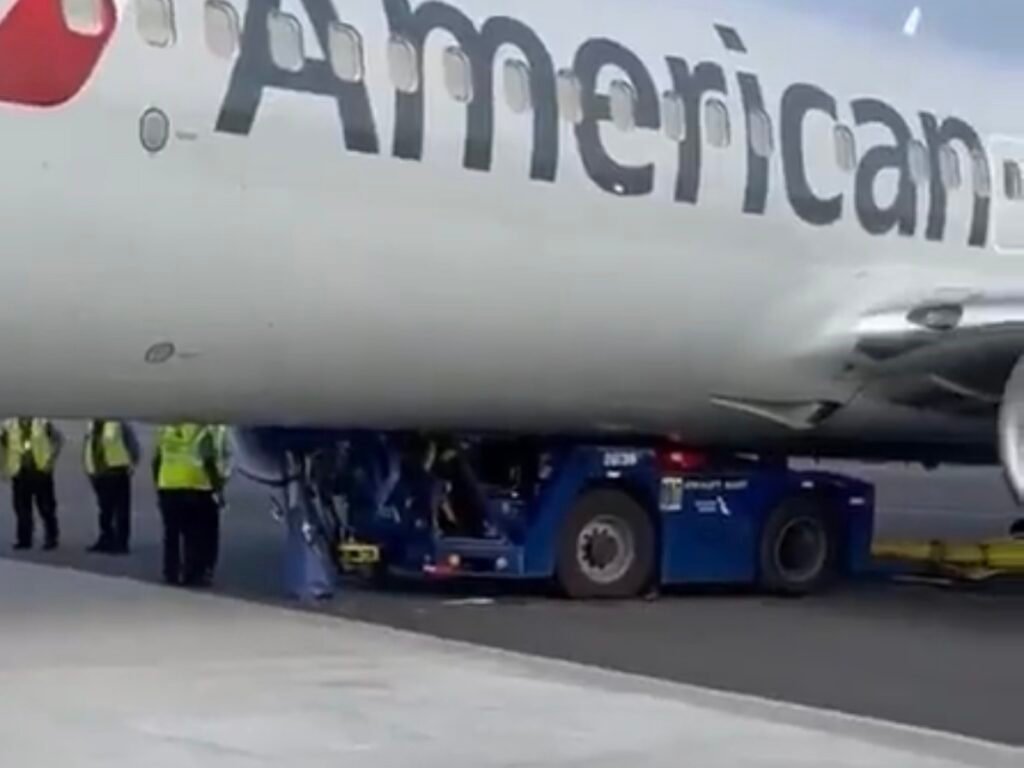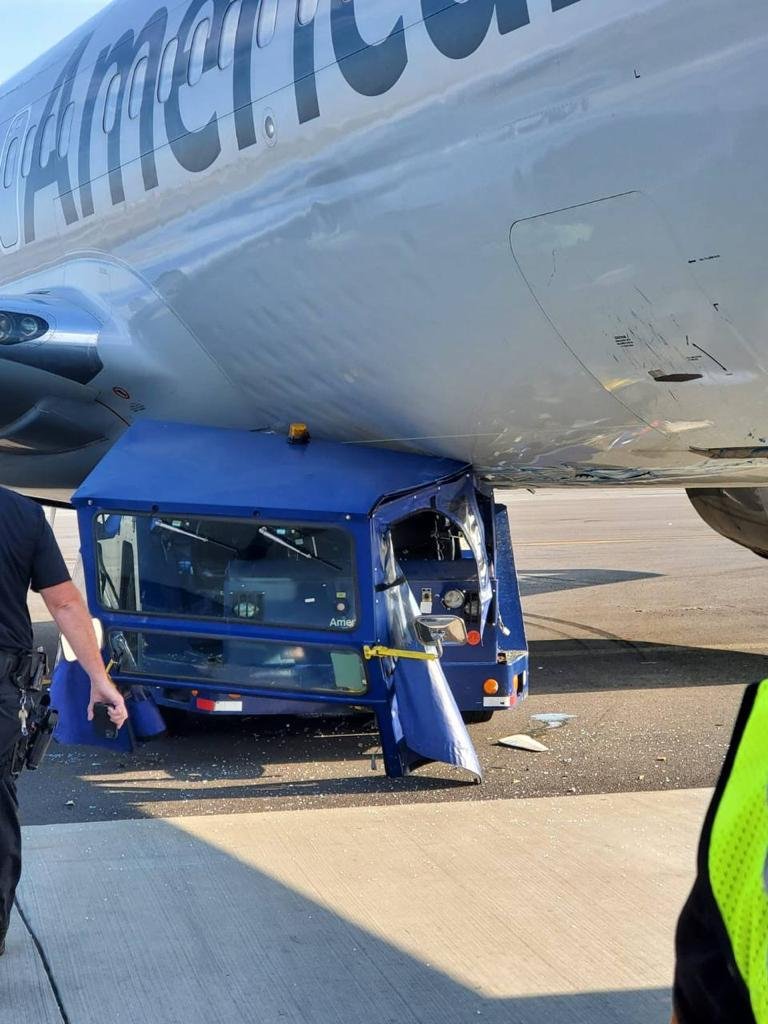
La Guardia, New York remained quite a focus in the past week. Most avid aviation readers and professionals know what happened there. This is not very uncommon in the aviation industry. As COVID moved back behind the curtains, the aviation industry picked the pace as it was in 2019. Travel around the globe is in full swing nowadays, and so are flight operations. Before we move ahead to learn from this event, let’s quickly go through the event’s brief description.
Serene Air: Why not the A320s?
Brief Description of the Event
A Tow Tug was taking a Boeing 737 of American Airlines from the hanger to the gate for a scheduled departure. The CCTV video shows that the driver took a sharp right turn to position the plane to face the jet bridge. As the vehicle continued to take the turn, it appeared to get sucked in by the landing gear of the 90,000 pounds plane which eventually stopped on the top of the tug. The aircraft’s weight was heavy enough to break the tow bar; causing it to run over the tug. Here how the entire chain of events looked like on the CCTV footage.
What Went Wrong?
Aircraft towing is a specialized job that requires skills especially while taking turns. An abrupt turning always has a probability of a broken tow bar. A high-speed turn with the same set of conditions may lead to such a nature of events.

Analysis
The answer lies in the root cause of the problem i.e not addressing the latent conditions (like high-speed driving, rash driving, etc) in an effective manner. Ignoring repetitive red flags results in such nature of serious incidents. We must realize the fact that organizations do contribute to the actions of their employees.
Here Comes the SMS Program
The Safety Management System focuses on addressing problems through hazard identification and risk mitigation. The incident under discussion is a true example of such hazards in the organizations that are not timely identified to break the chain of events leading to disasters.
It is not about taking punitive actions for every wrongdoing (error/violation), but keeping a vigilant eye on such hazards during routine ground operations, and counseling such personnel to remain careful in their acts in the future. Worst case scenario could be replacing the human resource but that’s an expensive option to pursue. Better training, skills enhancement, and regular follow-ups on non-conforming actions can certainly improve human performance.




